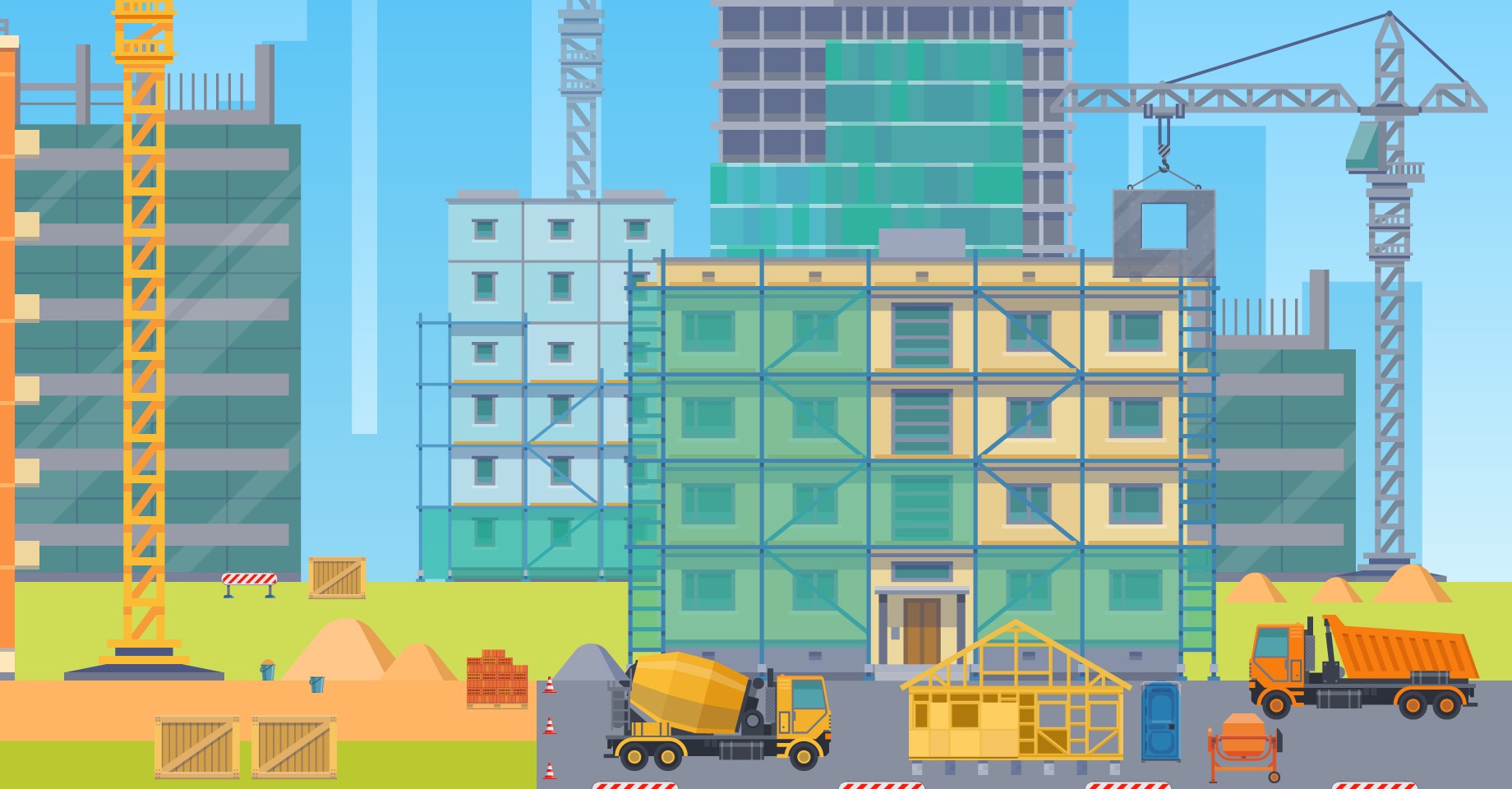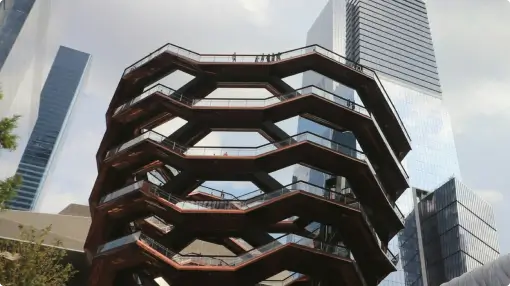A Deeper Dive Into the Mixed Use
Development Checklist:
Conduct thorough Market Analysis, Due Diligence, and Site Selection
In comparison with a single-use building, a mixed use development will have higher upfront costs and require a greater capital investment. Mixed use projects are more complex in terms of infrastructure, amenities, and services, resulting in increased construction costs, greater regulatory compliance costs, and operational complexities. As a result, mixed use projects can be more difficult to finance and may require you to pursue alternative funding sources such as Low-Income Housing Tax Credits (LIHTC) funding or Transit-Oriented Community incentives.
Begin the Financial Planning & Budgeting Process
Financial planning is an essential part of your mixed use development project checklist, allowing you to ensure a project can generate significant ROI that justifies the initial investment costs. Mixed use projects combine retail, commercial, office, and residential asset classes, and each will require a different timeline for generating returns. Ensuring all the uses included in your mixed use project pencil will be one of the most important steps you’ll take in pre-development.
Budget allocation will also be key to ensuring your mixed use project is successful. Even though mixed use developments lower risk for investors because of asset diversification, the added structural complexity in the construction process can pose obstacles in the early phases of the development life cycle. Identifying potential risks and addressing them before things get out of hand is important to avoid major budget overruns and make sure you don’t derail project timelines.
Obtain Zoning and Building Code Approvals
Zoning and building code permitting are more complex on a mixed use development project. Keeping your project in compliance with zoning, building, environmental, and other regulations is necessary for bringing a project in on time and on budget. Keeping a detailed record of your compliance documentation, including permit applications, approvals, inspection reports, or other key documents, simplifies the regulatory process for your team and ensures you are ready for inspections and audits. Establishing a positive relationship with local planning boards, zoning departments, and other relevant stakeholders will also allow you to move more quickly through the regulatory process and seek out any additional guidance during the process as needed.
Oversee Construction and Project Management
Hiring an experienced project management team is important for guiding your project through construction to stabilization. Developing a proper construction timeline, including key milestones and deliverables, will help ensure your mixed use project is ultimately profitable. Vendor selection is also important as you look to keep costs down without sacrificing quality work. Leveraging technology to facilitate vendor selection will empower you to drive down costs by eliminating scope gaps and proactively flag cost-saving opportunities on every line item.
Establish Operations and Management
Once a project reaches stabilization, you’ll need to conduct final inspections and provide quality assurance to owners. Depending on who is operating the property long term, it may be your responsibility to help bring on a team to oversee the property. The management of a mixed use property is especially complex, as each use will have unique lease durations, utility requirements, and upkeep protocols. Finding professionals with experience managing a property with complex requirements will help ensure your property delivers returns on investment after stabilization.
Related Resources

Real Estate Development
5 Ways to Manage Mixed-Use Development Costs
Mixed-use development has quickly stolen the CRE spotlight. The multi-use asset class is an opportunity for real estate…

Real Estate Development
Placemaking Is the Key to a Successful Mixed-Use Development
Mixed-use real estate is quickly becoming one of the most popular asset classes. The property type is transforming…

Real Estate Development
Green Initiatives Shaping the Future of Mixed-Use Construction
Mixed-use development projects are a cornerstone of sustainable urban planning, providing high-density housing near…
See Northspyre in action
Get a demo to see how leading developers use Northspyre to work smarter at every stage of the development lifecycle.












